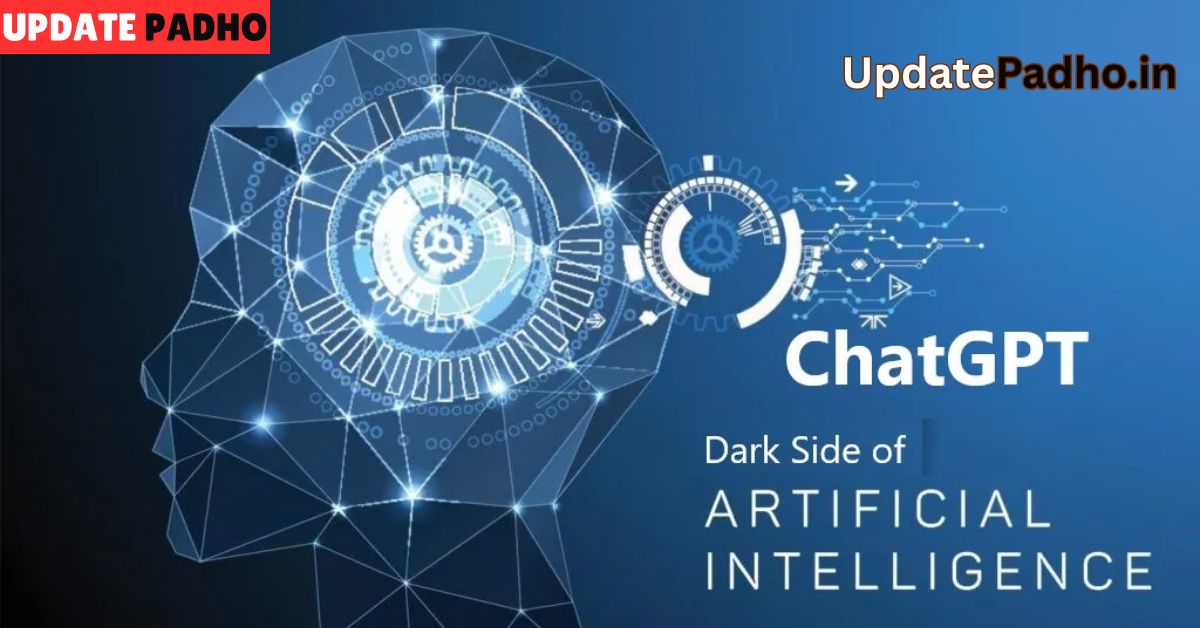Artificial Intelligence (AI) has become a transformative force, influencing every aspect of modern life, from healthcare to finance, education, and entertainment. One of the most remarkable AI developments is the emergence of conversational models, like OpenAI’s ChatGPT, which have made interacting with machines more natural and accessible. In this blog, we’ll take a closer look at the features of ChatGPT, explore how it works, and understand how it has evolved over time to become one of the most widely used AI models in the world.
What is ChatGPT?
ChatGPT is an advanced language model developed by OpenAI. It uses a deep learning architecture known as a Transformer, which allows it to understand and generate human-like text based on the prompts it receives. Unlike traditional chatbots, which rely on predefined rules and responses, ChatGPT leverages massive datasets of human conversations, books, and other text sources to generate contextually relevant, coherent, and often surprisingly nuanced responses.
The beauty of ChatGPT lies in its ability to handle complex queries, engage in multi-turn conversations, and adapt to a wide range of topics, from technical discussions to creative writing. Whether you’re seeking information, assistance with tasks, or simply a conversation partner, ChatGPT is designed to provide an intelligent and interactive experience.
Key Features of ChatGPT
1. Natural Language Processing (NLP)
At its core, ChatGPT is powered by advanced Natural Language Processing (NLP) algorithms. NLP enables the model to understand and generate human language in a way that mimics human communication. The model doesn’t just process words in isolation; it analyzes the context and relationships between words, sentences, and paragraphs to produce meaningful and coherent responses.
This allows ChatGPT to perform tasks such as language translation, summarization, answering questions, and even generating creative content like poetry or stories. The ability to generate text that is contextually relevant and grammatically correct makes ChatGPT a powerful tool for a wide variety of applications.
2. Versatility Across Topics
One of the standout features of ChatGPT is its versatility. It can engage in conversations on virtually any topic. Whether you need help with coding, want advice on personal development, are interested in science or history, or just want a fun chat about movies or hobbies, ChatGPT can adjust its responses accordingly. This broad knowledge base is one of the reasons why ChatGPT is so popular, as users can rely on it for a wide range of inquiries.
This versatility also extends to its capacity for creativity. Writers use ChatGPT to brainstorm ideas, generate plots for novels, or even write poetry. Similarly, businesses have adopted it for customer service applications, using it to respond to inquiries and support queries in a natural, human-like manner.
3. Contextual Memory (Short-term)
ChatGPT can remember the context of a conversation within a single session. This short-term memory allows the model to keep track of ongoing discussions, refer back to previous messages, and build upon them. This feature creates a more coherent and fluid conversation, making the user experience more engaging and less disjointed compared to earlier, rule-based chatbots.
For instance, if you ask a question about a specific topic and then follow up with a related inquiry, ChatGPT can respond based on the context of the earlier question, offering answers that align with the previous dialogue. This ability to maintain conversational context is critical for a meaningful and productive interaction.
4. Multilingual Capabilities
ChatGPT supports multiple languages, making it a truly global tool. It can understand and respond in languages like Spanish, French, German, Chinese, and many others. While English is the primary language for ChatGPT, its multilingual capabilities enable users from different linguistic backgrounds to interact with the model in their native language.
This is particularly useful for businesses with a global presence or for users who want to learn new languages. ChatGPT can assist in language translation or act as a conversation partner to practice foreign language skills.
5. Adaptability to User Tone
Another remarkable feature of ChatGPT is its ability to adjust its tone and communication style based on the user’s input. Whether a user prefers a casual, friendly tone or a more formal, professional one, ChatGPT can adapt accordingly. This makes interactions more natural and personalized, as the model tailors its responses to meet the specific communication style preferred by the user.
Moreover, ChatGPT can emulate different writing styles or tones, such as making content sound more persuasive, informative, or even humorous. This level of adaptability is one of the reasons why ChatGPT has found use in marketing, content creation, and educational tools.
6. Creative Capabilities
ChatGPT’s creativity is not just limited to generating text. It can assist in creating artwork, composing music, or even coding. With its ability to produce creative text on demand, ChatGPT has become a tool for artists, writers, and musicians looking for inspiration or a starting point for their work. It’s not just about responding to questions—it’s about creating new content that aligns with the user’s vision.
Some users have employed ChatGPT to generate complex stories or poems, while others have used it to create outlines for projects, brainstorm ideas, or even create compelling copy for advertisements.
7. Ethical Considerations and Safety Mechanisms
OpenAI has integrated safety mechanisms into ChatGPT to prevent misuse and reduce the risk of harmful content generation. The model is trained to avoid generating explicit, biased, or otherwise inappropriate content. While it’s not perfect and still sometimes outputs unwanted responses, constant monitoring and updates to the model help mitigate such risks.
OpenAI has also implemented user feedback systems, allowing users to flag problematic content and contribute to the improvement of the model’s safety features. As the technology continues to evolve, it’s expected that these ethical safeguards will become even more robust.
The Future of ChatGPT
The features of ChatGPT are continually evolving, and as the technology advances, we can expect even more impressive capabilities to emerge. Future versions may incorporate long-term memory, allowing the model to remember conversations across different sessions and provide even more personalized interactions. Moreover, integration with other AI tools, such as image generation and video analysis, could allow ChatGPT to create even richer experiences for users.
Additionally, as AI research progresses, we may see further improvements in its understanding of nuance, emotional intelligence, and problem-solving capabilities. This could open up new possibilities for ChatGPT to assist in more specialized fields like law, medicine, and education.
Conclusion
ChatGPT’s features have redefined how we think about human-AI interaction. From its natural language understanding and multilingual support to its creative potential and contextual memory, ChatGPT has set the bar for conversational AI. As AI continues to evolve, so too will ChatGPT, pushing the boundaries of what’s possible and creating new ways for us to engage with technology. Whether you’re looking for a personal assistant, a creative partner, or a source of information, ChatGPT is shaping the future of AI-powered communication, one conversation at a time.



